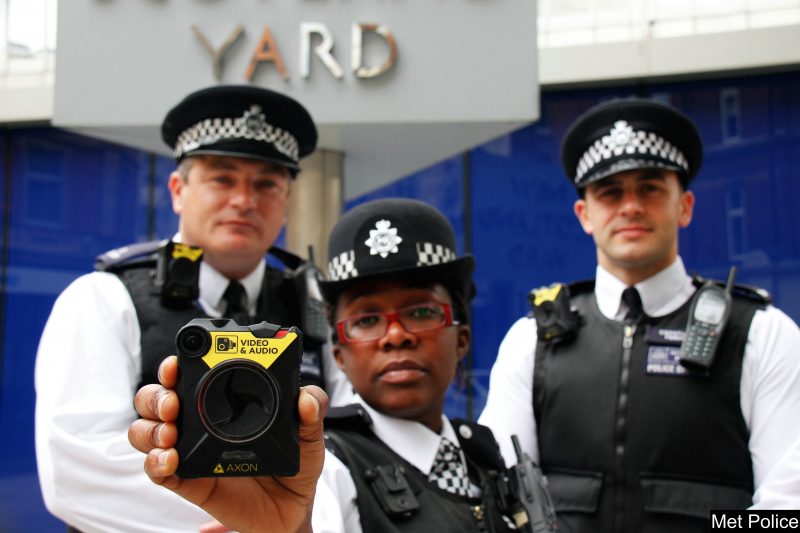 [embedit snippet=”photo-credit-dariusz-sankowski”]
[embedit snippet=”photo-credit-dariusz-sankowski”]
There is a lot of focus these days on how big data and analytics can be used to predict and prevent crime, as well as to aid in solving crimes when they occur. In an article titled “A solvability-based case screening checklist for burglaries in Ireland” published in the latest edition of the European Police Science and Research Bulletin, we see a different approach to the use of data analytics in law enforcement. The article, written by Stephen Shannon and Barry Coonan of An Garda Síochána, discusses their study into how data analysis could be used to identify which cases are most likely to be solved and hence should be investigated. From this study they develop a screening checklist for burglaries based on 49,534 cases reported in 2014, which if it had been applied, may have resulted in a 50% improvement in detection rates.
The study presents some interesting findings on the potential use and benefits of analytics to develop statistical case screening. Whilst it also indirectly validates the current efforts of the security industry in developing ever better CCTV and video analytics solutions, for me it also raises some questions on the broader impact of case screening, such as the possible risk in actually harming the public’s perception of the police, increased insurance premiums for those whose crimes are not likely to be investigated, as well as the risk of simply moving crime elsewhere such as to the most vulnerable in society. Continue reading


 [embedit snippet=”photo-credit-dariusz-sankowski”]
[embedit snippet=”photo-credit-dariusz-sankowski”]